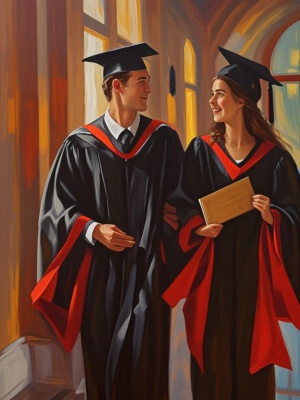The Evolution and Significance of Chinese Oil Painting
Chinese oil painting is a fascinating blend of Eastern aesthetics and Western techniques, offering a unique perspective in the global art scene. Rooted in centuries of tradition yet constantly evolving, this art form reflects China's cultural heritage and contemporary innovations. For art enthusiasts and collectors, understanding Chinese oil painting provides insights into China's artistic journey and its dialogue with the world.
The Historical Roots of Chinese Oil Painting

Early Influences and Adoption
The introduction of oil painting to China dates back to the 16th century, when Jesuit missionaries brought Western art techniques. However, it wasn't until the early 20th century that Chinese artists began to seriously study and adapt oil painting, blending it with traditional Chinese artistic principles. This period marked the beginning of a unique fusion that would define Chinese oil painting.
The Role of Art Academies
Institutions like the China Academy of Art played a pivotal role in formalizing oil painting education. Artists such as Xu Beihong and Lin Fengmian became key figures in promoting oil painting while emphasizing its integration with Chinese cultural values. Their works often featured traditional subjects rendered with Western techniques, creating a distinctive style.

Contemporary Chinese Oil Painting

Modern Innovations and Styles
Today, Chinese oil painting encompasses a wide range of styles, from hyper-realism to abstract expressionism. Artists like Zeng Fanzhi and Yue Minjun have gained international acclaim for their innovative approaches. Their works often address themes of identity, globalization, and social change, reflecting China's rapid modernization.
The Influence of Technology
With advancements in digital tools, many Chinese artists are exploring new creative possibilities. Platforms like AI painting guides offer insights into how technology is reshaping traditional art forms. This intersection of art and technology is pushing the boundaries of what Chinese oil painting can achieve.
Key Characteristics of Chinese Oil Painting
- Cultural Synthesis: Combines Western techniques with Chinese philosophical and aesthetic principles.
- Diverse Themes: Ranges from traditional landscapes to contemporary social commentary.
- Technical Mastery: Emphasizes meticulous brushwork and composition, often with a focus on detail.
Challenges and Future Directions
Preserving Tradition While Innovating
One of the main challenges for Chinese oil painting is maintaining its cultural roots while embracing global influences. Artists must navigate this balance to create works that resonate both locally and internationally.
Market Growth and Recognition
The global art market has shown increasing interest in Chinese oil paintings, with auction houses like Sotheby's and Christie's featuring prominent Chinese artists. This growing recognition highlights the importance of Chinese oil painting in the contemporary art world.
Conclusion
Chinese oil painting is a dynamic and evolving art form that bridges Eastern and Western traditions. From its historical roots to its modern innovations, it offers a rich tapestry of styles and themes. Whether you're an art collector or simply an admirer, exploring Chinese oil painting provides a deeper understanding of China's cultural and artistic landscape. For more insights into art techniques, check out our gallery or read our AI art guide.